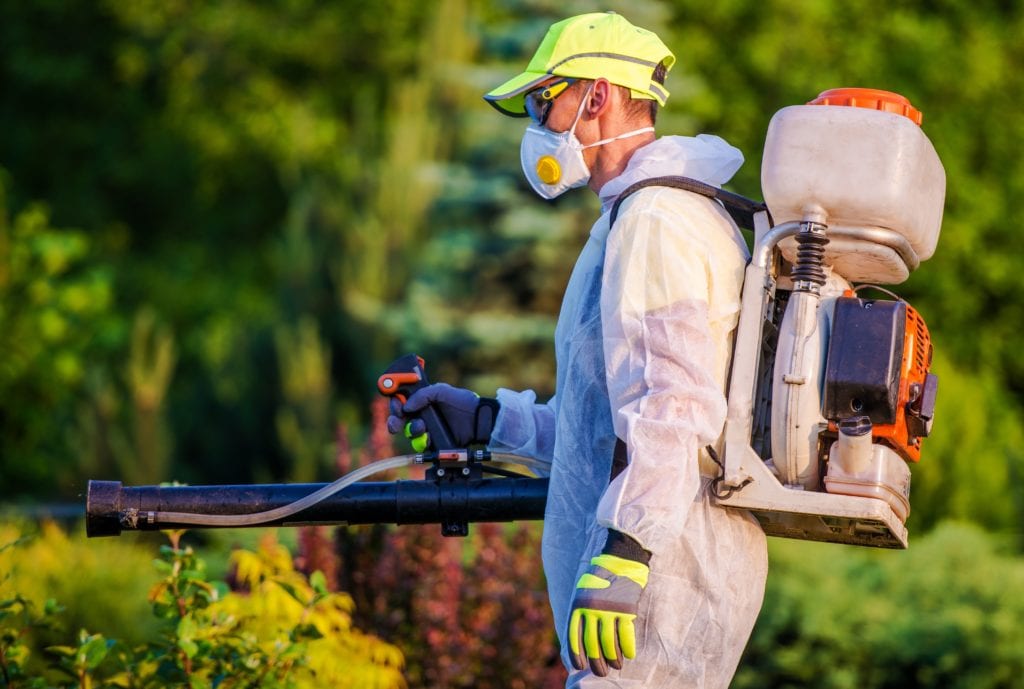Professional Pest Control Techniques for Long-Term Outcomes
In the world of pest control, achieving sustained efficiency and long-lasting outcomes needs a precise method that transcends simple extermination. Professional parasite control techniques envelop a thorough method that begins with a complete evaluation and assessment, followed by specific bug identification to recognize their habits patterns. The application of Integrated Insect Administration (IPM) concepts, paired with eco-conscious therapies, creates the cornerstone of lasting insect removal. Nonetheless, truth test depends on the continuous tracking and maintenance of the treated areas, ensuring a pest-free environment for the foreseeable future. By delving right into the complexities of these methods, a deeper understanding of professional parasite control approaches for sustaining end results emerges.
Assessment and Evaluation
Upon going into a residential or commercial property for bug control solutions, the first step is a complete inspection and evaluation to determine the degree of the problem and establish one of the most efficient treatment strategy. Expert pest control specialists are trained to diligently take a look at the premises, looking for indicators of bug activity such as droppings, munch marks, nests, or any kind of structural damage. They will certainly additionally evaluate the conditions that might be drawing in pests, such as food resources, water leakages, or entry factors.

Insect Recognition and Actions

Additionally, recognizing the habits of the recognized bug is essential to applying effective control actions. Knowing where bugs nest, what they feed on, and their activity patterns can assist pest control professionals create strategies to eliminate them efficiently.
Integrated Bug Management (IPM)
Integrated Bug Management (IPM) approaches integrate multiple methods to control and protect against pest problems in a sustainable and eco-friendly fashion. Pest control Washington DC. By integrating approaches such termite treatment for homeowners as biological control, environment control, modification of cultural practices, and using resistant selections, IPM aims to decrease making use of chemical pesticides
Among the essential concepts of IPM is the emphasis on avoidance. This aggressive approach involves tracking pest populations regularly to spot any kind of possible concerns before they rise. By determining insect problems at an early stage, pest control actions can be executed quickly and properly.
Furthermore, IPM promotes the use of non-toxic insect control techniques whenever possible. This can consist of using natural predators of the insects, presenting beneficial insects, or utilizing scents to disrupt mating patterns. By decreasing reliance on chemical pesticides, IPM not only safeguards the setting yet additionally helps preserve an equilibrium in the environment.
Environmentally-Friendly Treatments
Executing eco-conscious techniques in pest control treatments can properly attend to invasions while prioritizing ecological sustainability. Environmentally-friendly therapies concentrate on minimizing the influence of insect control methods on communities, non-target organisms, and human wellness. These techniques frequently involve making use of all-natural predators, such as ladybugs or nematodes, to regulate pest populaces, decreasing the need for pest control definition chemical treatments. Furthermore, techniques like environment control, such as changing moisture levels or getting rid of food resources, can assist discourage insects without the use of damaging substances.
An additional key element of environmentally-friendly treatments is using natural and naturally degradable items that break down swiftly without leaving hazardous deposits in the setting. Herb pesticides stemmed from plants like chrysanthemums or neem provide reliable insect control while posturing minimal danger to non-target varieties. Utilizing techniques like warmth treatments or scent traps can target particular parasites with accuracy, decreasing the general ecological influence of insect control methods.
Recurring Surveillance and Upkeep
Routine evaluations by trained experts are required to identify any type of indicators of pest activity, assess the efficiency of previous therapies, and make changes to the insect control strategy as needed. By monitoring bug populations over time, bug control experts can track fads, anticipate possible issues, and carry out preventive procedures to minimize the threat of future infestations.
In addition to tracking, upkeep techniques are vital for long-term insect control success. This consists of applying proper sanitation steps to get rid of prospective food and water sources for bugs, securing off access factors to prevent insects from going into the facilities, and investigate this site resolving any structural issues that might assist in parasite problems (exterminator near me). By including recurring surveillance and upkeep into an integrated insect management strategy, businesses can ensure a pest-free setting and guard their home against costly damages and wellness dangers
Final Thought
To conclude, utilizing professional pest control strategies such as thorough inspection and analysis, precise bug identification and understanding of their behavior, incorporated bug administration methods, environmentally-friendly therapies, and ongoing surveillance and upkeep are necessary for accomplishing long-term lead to bug control. By executing these methods, people can properly take care of bug invasions and maintain a pest-free environment in a lasting fashion.